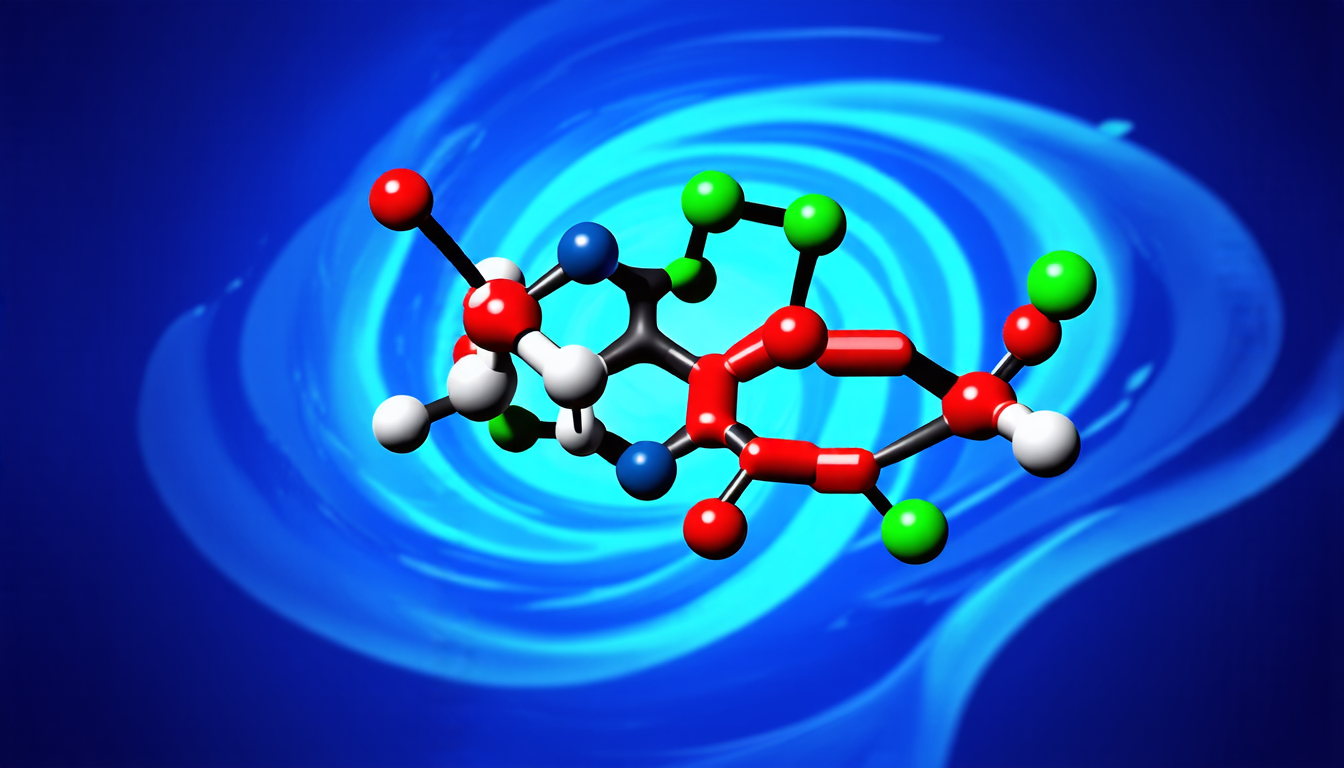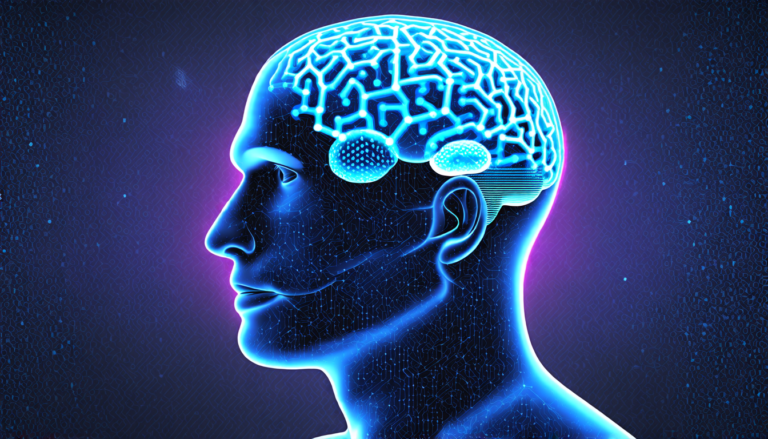Sunday 09 March 2025
Scientists have made a major breakthrough in the field of protein engineering, developing a new method that uses artificial intelligence (AI) to optimize protein sequences and improve their function. This achievement has significant implications for fields such as medicine, agriculture, and biotechnology.
Protein sequences are the building blocks of life, making up every living organism’s cells, tissues, and organs. They perform a wide range of functions, from catalyzing chemical reactions to transporting molecules within cells. However, designing new protein sequences that have specific functions can be a complex and time-consuming process.
Traditionally, scientists would use a trial-and-error approach, creating multiple versions of a protein sequence and testing each one to see if it performs the desired function. This process is not only labor-intensive but also limited by the number of possible combinations and the resources required to test them.
The new AI-powered method, developed by researchers at Tufts University and other institutions, uses large language models (LLMs) to optimize protein sequences. LLMs are trained on vast amounts of data, including protein sequences and their corresponding functions. By analyzing this data, the models can identify patterns and relationships between different amino acids and their roles in a protein sequence.
The AI system works by proposing new protein sequences based on the patterns it has learned from the training data. These proposals are then evaluated using experimental techniques, such as biochemical assays or cell-based assays. The system iteratively refines its proposals based on the results of these experiments, gradually improving the fitness and functionality of the protein sequences.
One of the key advantages of this AI-powered method is its ability to explore a vast space of possible protein sequences in a relatively short period of time. This allows scientists to identify optimal solutions quickly and efficiently, which can be especially important for applications where time is critical, such as developing new medicines or vaccines.
The researchers tested their AI system on several different protein sequences and datasets, achieving significant improvements in fitness and functionality compared to traditional methods. They also found that the system was able to identify novel and unexpected relationships between amino acids, which could lead to further breakthroughs in our understanding of protein function.
This achievement has far-reaching implications for many fields, from medicine to agriculture to biotechnology. For example, it could enable the rapid development of new vaccines or therapies, or the creation of more efficient enzymes for industrial applications. It also highlights the potential of AI-powered methods to accelerate scientific discovery and improve our understanding of complex biological systems.
Cite this article: “AI-Powered Protein Engineering Breakthrough”, The Science Archive, 2025.
Protein Engineering, Artificial Intelligence, Protein Sequences, Optimization, Function, Medicine, Agriculture, Biotechnology, Vaccine Development, Enzyme Production







